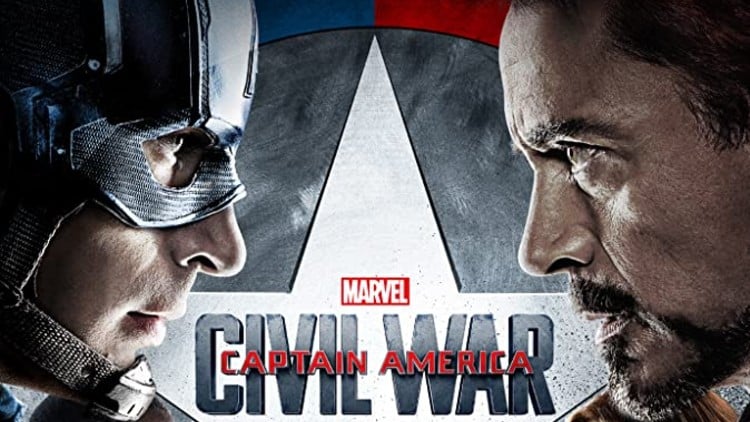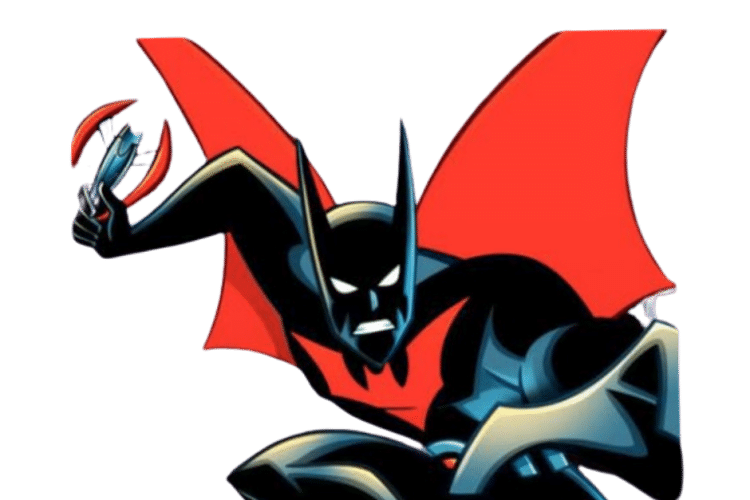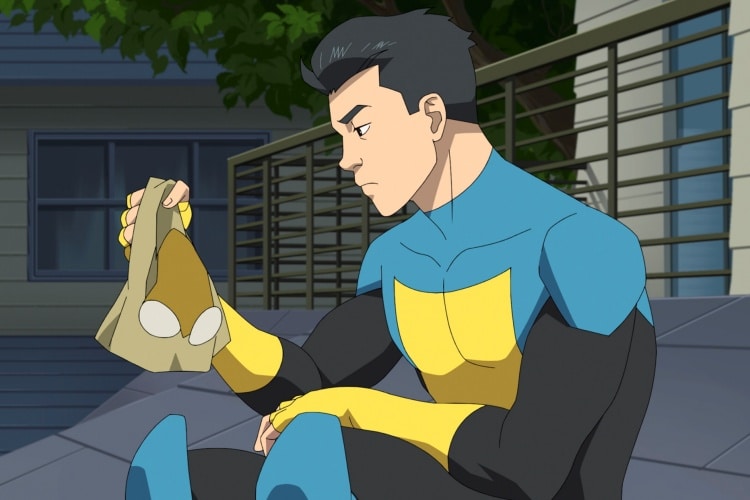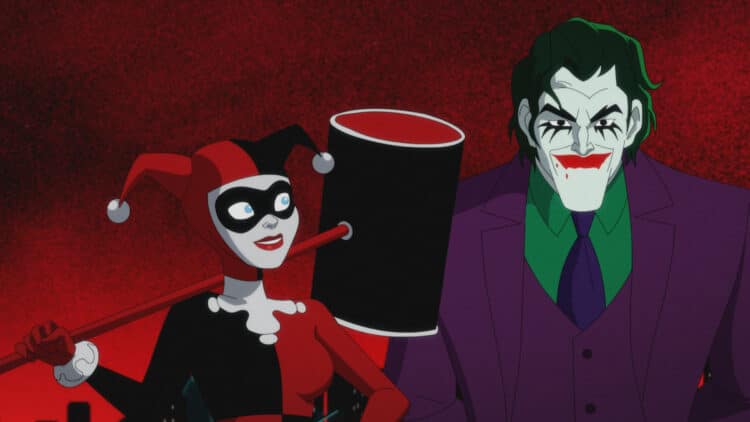Love the Movie? Here’s the REAL story of Marvel’s Civil War.
Captain America: “Doesn’t matter what the press says. Doesn’t matter what the politicians or the mobs say. Doesn’t matter if the whole country decides that something wrong is something right. This nation was founded on one principle above all else: the requirement that we stand up for what we believe, no matter the odds or the consequences. When the mob and the press and the whole world tell you to move, your job is to plant yourself like a tree beside the river of truth, and tell the whole world – “No, you move.”
Civil War
Iron Man: “I know it’s an enormous change from the way we’ve always worked, but we aren’t living in 1945 anymore. The public doesn’t want masks and secret identities. They want to feel safe when we’re around. And there’s no other way to win back their respect.”
Civil War
Like many people, I went to see Captain America: Civil War and was impressed. The heroes had valid points and reasons for fighting, we had a villain who was competent, and there was no ‘Fix Everything’ solution. But recently, I realized that many people who saw the movie were unaware of the original story from the comic books, Marvel’s Civil War, and decided that it should be explained.
Scene Select
The Marvel Civil War – as told in the original comics
Many events led to the Marvel’s Civil War. Permit us to set the stage before the actors make their entrance.
Tensions were mounting in the Marvel Universe. The Incredible Hulk ran rampant in Las Vegas before mysteriously disappearing. Wolverine threatened to kill the president. Civilians were getting as scared of the heroes as they were of the villains. Things finally erupted when the New Warriors (a D-rank team at best) attacked a suburban safehouse containing several minor villains and Nitro, a much more powerful foe
The New Warriors managed to beat most of the villains easily, but then Namorita made a foolish mistake. She slammed Nitro, whose power is blowing things up, into a school bus. He then used his powers, which were amplified by a drug, to blow up a large chunk of the city of Stamford, CT, killing 600 people including 60 schoolkids.
Furious, the citizens of the Marvel Universe blamed the heroes for the blast, claiming that if they had been trained then the blast wouldn’t have happened. Other people started to attack the heroes, even managing to blindside the Human Torch and put him into critical condition.
A Superhuman Registration Act was rushed through Congress and as the heroes assembled at the Baxter Building (The Fantastic Four’s home and headquarters) to discuss the implications of the bill and whether it was a good idea, Captain America made a desperate escape from S.H.I.E.L.D.’s Helicarrier as Director Maria Hill (Cobie Smulders) attempted to have him arrested for refusing to play ball, despite the Act not being a law yet. Which isn’t legal. At all.
Captain America then gathered the heroes who were against registration (which meant revealing your Secret Identity) and kept trying to fight evil, while Iron Man led the heroes who agreed with registration and S.H.I.E.L.D. in fighting crime while also trying to stop Cap’s group since they were committing acts of vigilantism. The battles between the two groups were dubbed a superhero civil war in-story.
The issue was further muddled by the writers and editors of the story getting into their own civil war, incorporating their own politics and writing the characters as mouthpieces. The writers who supported registration wrote the Pro-Regs as enlightened, patriotic paragons while the anti-regs were seen as being stubborn about change.
Meanwhile, you had writers who didn’t like registration write the Anti-Regs as plucky rebels while the Pro-Regs were turned into monsters who would arrest anyone in costume who tried to stop a crime, such as the Tinkerer, a villain who used his tools to save his grandkids from a robbery. They also threatened or tried to force people to register like Luke Cage, who’s family was threatened if he wouldn’t register. The Pro-Regs were so controversial that it became a meme to refer to their leader as “Iron Fuhrer”.
Both groups clashed several times, individually or banded together, but things continued to escalate until they finally became tragic. During a battle between both groups, lightning tore the sky in twain and the assembled heroes bore witness to the return of the deceased God of Thunder, Thor. But relief turned to fear as Thor turned on the Anti-Regs and brought his might to bear, wounding several heroes and even killing the hero Goliath before they were able to escape with The Invisible Woman’s help.
Mr. Fantastic then used a command code to shut down Thor, revealing that it was in fact a robot clone. While originally dubbed Clor, this clone would eventually be named Ragnarok and oppose the real Thor, who was rather annoyed at its creator, Iron Man, for that. The Anti-Regs, with help from Black Panther (Chadwick Boseman) and Namor the Sub-Mariner, would eventually manage to free their allies and the battle spilled into Manhattan.
Cap would eventually defeat Iron Man but be tackled by the ‘real heroes’ (a firefighter, a police officer, and a paramedic) and surrender as he realized that more innocents were getting hurt. This event would wind up having significant ramifications for the whole Marvel Universe. While on his way to a trial, Captain America would be shot and seemingly killed by a brainwashed Sharon Carter (Emily VanCamp),
Iron Man would become Director of S.H.I.E.L.D. but eventually lose his position after bungling the events of “World War Hulk” and the Skrulls “Secret Invasion“, (both of which the heroes would have trouble dealing with, divided as they were). Who did they choose to replace him? Norman Osborn, The Green Goblin himself. WTF, Marvel Universe?
But the worst consequence to result from this story was Spider-Man revealing his identity to the world, which caused his Aunt May to be shot and Spider-Man to retcon this by selling his marriage to the Devil and retconning decades of stories.
So how did the movie fare?
The movie managed to do a pretty good job adapting this story, drawing from it as well as the Winter Soldier’s story arcs and an altered version of Black Panther’s origin. They introduced a central villain that the original story lacked and even managed to make both sides have valid arguments without demonizing either side. All things considered, a very good adaption.

Jared Bounacos has written for Movie Rewind since 2016.





Leave a Reply